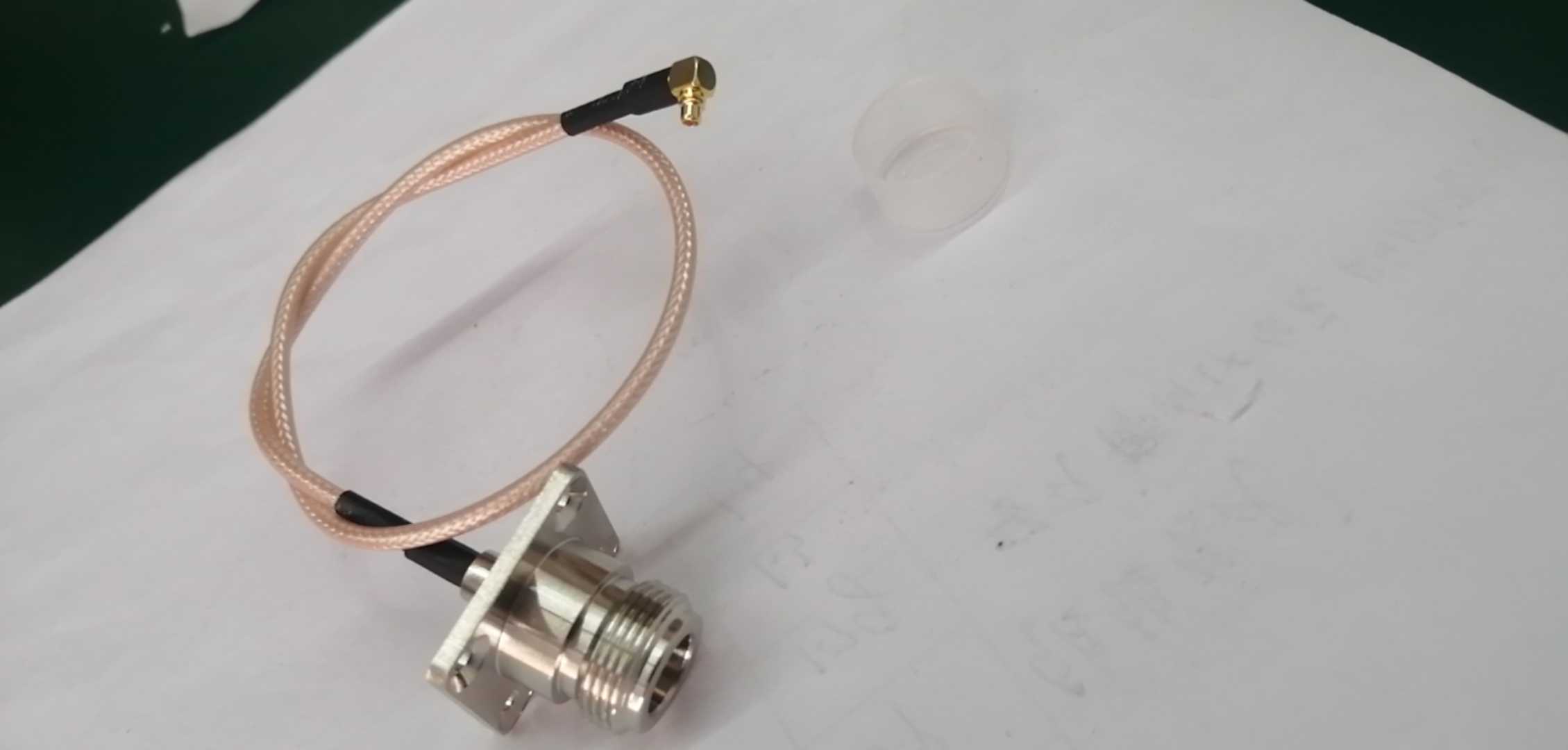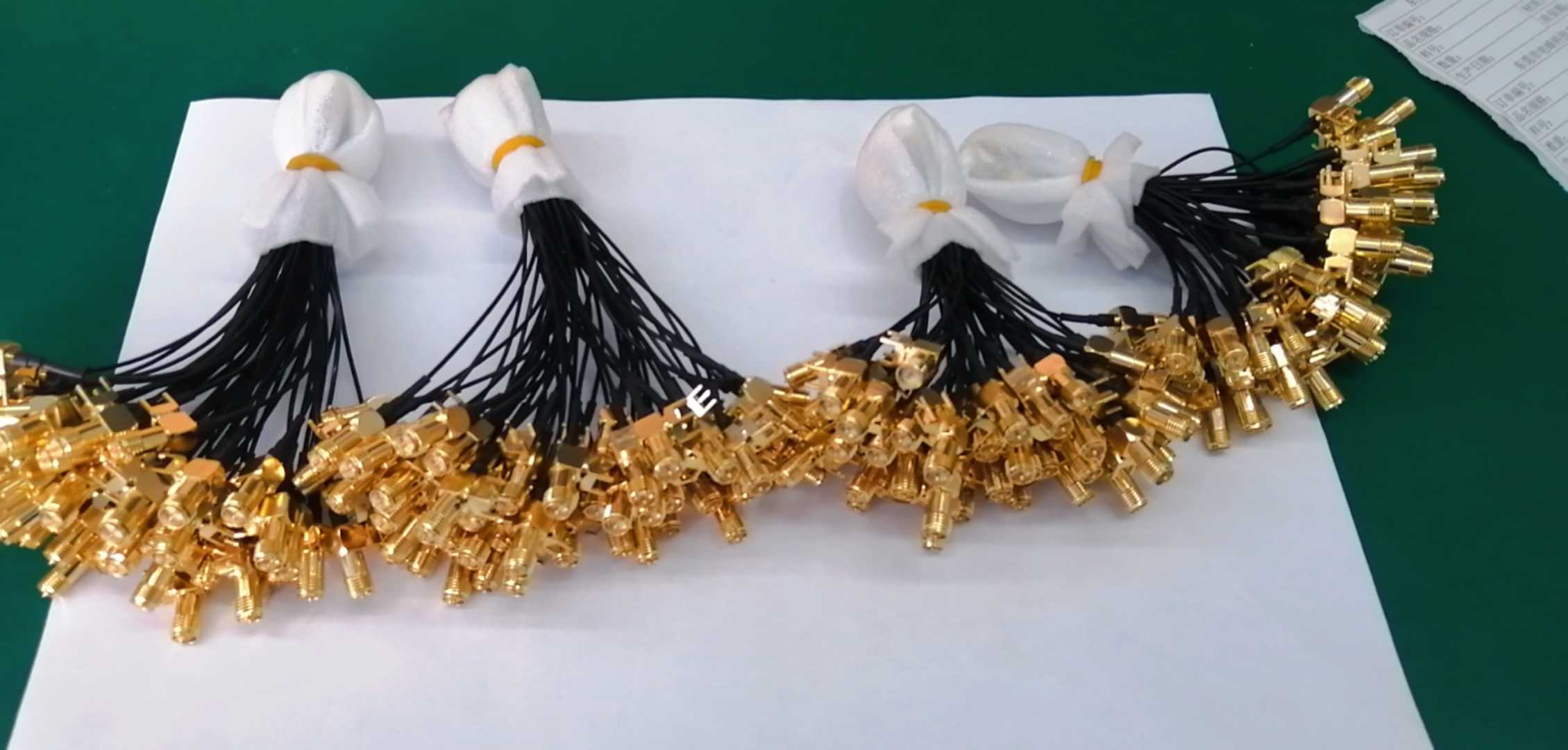Coax Connectors and coaxial cable- What you Need to Know

The first known patent granted for coaxial transmission line was a British patent in 1880 to Oliver Heaviside, a self-taught British electrical engineer. Heaviside’s coaxial cable was a copper tube, which formed the outer of the line. The inner concentric (coaxial) conductor was a copper wire which was supported by insulating discs to keep the central wire a constant distance from the inner of the copper tube. The major dielectric was air, giving low loss to signals travelling along it.

The term coaxial (often abbreviated to co‐ax) is derived from the inner conductor and outer conductor (screen) sharing the same axis. Coax cables were originally designed for Radio Frequency (RF) and microwave transmission. The signal is transmitted through the cable at high frequency as a wave and is guided by the conductors. The outer conductor also prevents electrical interference getting in or out.
There are a wide range of connectors available for coax cables with different body sizes and methods of termination. The type required is determined by what the equipment that you want to connect to. Just like a cable, impedance matching is critical. Different parts of industry have adopted types that favour their application.
BNC. This fixes by a bayonet fixing and is the most common for CCTV and commercial applications.
TNC. The body is the same as a BNC but has a screw on fixings and are used where vibration can be a problem such as aircraft.
UHF connectors were very popular with the Military and radio broadcast. They have a threaded connection and are very similar to an N‐type. The N‐type as tended to supersede UHF connectors due to its improved design and better impedance stability.
N Types are normally 50 ohm and used in RF applications. They are high quality and offer good connectivity with low loss.
F Type. These are a “cheap and cheerful” connector mainly used in the Satellite TV market. They connect by a fine threaded screw mounting and normally do not have a centre pin using the solid centre conductor instead.
HDC T43 connectors are used for terminating telephone coax cables (i.e BT3002 & TZC) in distribution racks. Their compact design allows for high density termination within the rack. HDC – High Density Connector. Sometimes they are gold plated.
Electronics connectors are high quality and precision made. They can be found test equipment and communication units. Types include SMA, SMB, SMC and many more! These also can be gold plated.
All connectors are available in male and female form. Normally the male is the plug (and has the centre pin) and the female is a jack. The exception to this is some of the micro telecom & electronics types. It is best to check these individually.
Many adaptors are available including plug to plug and jack to jack to enable connection. These can be of the same type (BNC to BNC) or crossover (BNC to N type etc.). On all connectors the front end of a connector is always the same size regardless of what cable it attaches to. The centre pin back body and ferrule are the parts that are adjusted to take different cables. A BNC plug will fit any BNC jack around the world.

Cheap connectors will be die cast (made in a mould) from zinc. Many BNC connectors are zinc and are fine to fit to the back of a CCTV camera that will be in place for years. For high quality connections where signal loss is unacceptable or for mobile equipment that can be assembled and disassembled regularly solid brass is used. These are turned from brass rod and plated in nickel or silver to increase connectivity.
So, there you have it, if you need any other information or have any questions just drop us a line or speak to one of our technical sales team RenhotecIC.com.







Leave a Comment